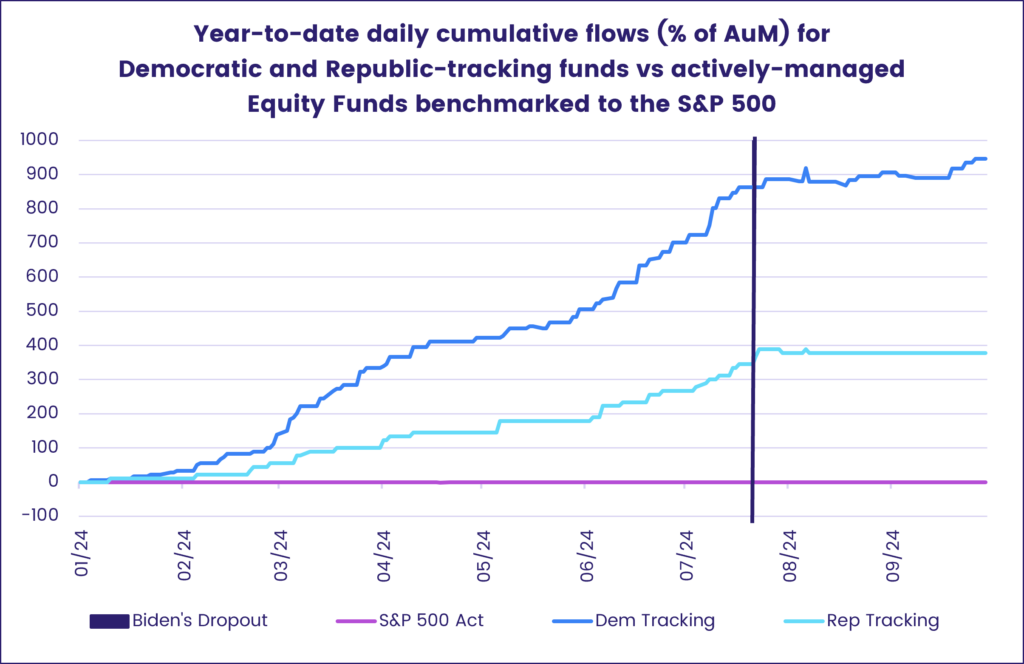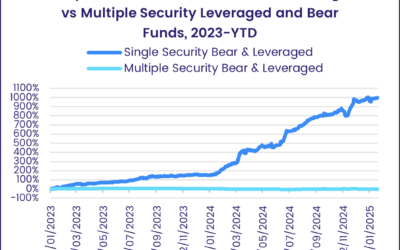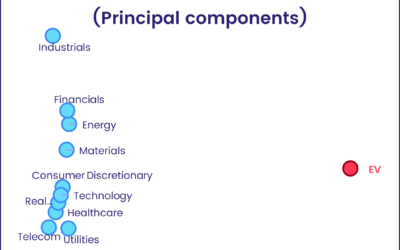The impending US Presidential election, which pits Democratic Vice President Kamala Harris against former Republican President Donald Trump, is generating its traditional flood of analysis about the impact either’s victory will have on markets, the US economy and multiple asset classes.
This belief that changes in the occupancy of the White House and majorities in Congress will move the investment needle is deeply rooted and has many threads. One of those threads is the assumption that they can – and do – use to shape both economic policy and their own portfolios.
Analysis of EPFR’s Fund Flow and Allocations data, however, paints a different and less dramatic picture.
In theory, following the leaders
Going into this election, there are two ETFs that seek to capture the collective investment strategies of lawmakers from America’s two major political parties, Democrat and Republican.
The United States is unique in that they allow politicians to invest in the country’s stock markets while in office. As these lawmakers have access to influential information regular citizens do not have sight of, potentially giving them an unfair advantage, the STOCK Act of 2012 requires that any of their holdings which exceed $1,000 must be made public.
The Unusual Whales Subversive Democratic/Republican Trading ETFs utilize these published positions to track the investments of Democratic and Republican members of congress. The two ETFs offer portfolios that mirrors the holdings of the two major political parties. In theory, this captures the information advantaged lawmakers are presumed to have and provides a window into the public’s judgement of the basic strategies pursued (in aggregate) by the two groups of lawmakers.
Keeping in step…
A basic comparison of relative flows to the two ETFs shows that, while favoring the Democratic-mandated ETF, they have followed similar patterns over the past 18 months. This includes the response by investors to incumbent President Joe Biden’s departure from the race in July of this year.

Flows to both groups are, in relative terms, significantly stronger than is the case of actively-managed US Equity Funds benchmarked to the S&P 500 index.
If flows to these ETFs show a correlation with each other but handily exceed those enjoyed by a core group of US Equity Funds, does that pattern repeat when it comes to returns? It turns out that the performance of these funds has a strong correlation (R=0.84) over their lifetime, with the Democratic fund consistently outperforming the Republican fund by a few percentage points over their short lives due to its higher exposure to technology stocks.

Furthermore, this correlation extends to the S&P 500 active index-tracking funds. Here are the Correlation coefficients for each set of returns. The high R values indicate that the portfolios of these funds are very similar to each other.

…and leading from the middle
Based on our analysis of an admittedly small sample of funds, it appears that if US lawmakers have information advantages, they are not exercising it to a significant degree.
Considering that the performance of these funds is so closely correlated to the S&P 500, the average of all their holdings likely ends up approximating the weights of the index. While it seems that the personal investments of congress members are not affected by their wins and losses, a further topic of exploration could be how funds tied to the party’s policies are affected by their governance. It is widely thought that ESG or other environmentally conscious funds benefit from Democrats holding office while crypto funds benefit from Republican legislators. This is a possible topic for a future Quants Corner.
Did you find this useful? Get our EPFR Insights delivered to your inbox.



